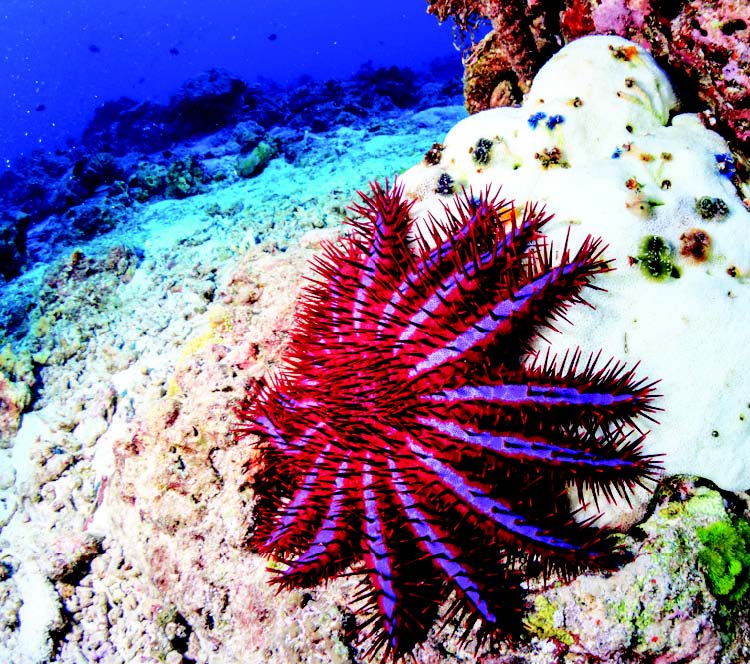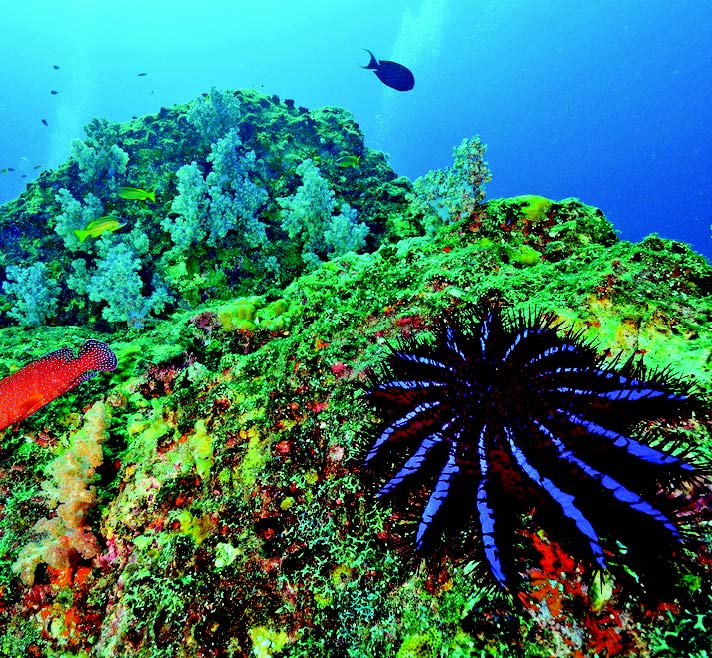Oxford Dictionary defines a pest as “a destructive insect or other animal…”, also, “a nuisance.”
Pests = destructive and nuisance.
Do the living critters we think of when we hear of “pests” fit the bill? I don’t think so, and let me tell you why in three points.
They play an important ecological role
Snakes
Snakes are usually killed upon sight. You might want to reconsider that course of action, however. Snakes are vital predators necessary to maintain the population of smaller animals, such as frogs, rodents, and insects. King cobra, also called Ophiophagus meaning “snake-eater”, even keeps other snakes’ populations in check.

In Bali, snake population has been in decline due to habitat loss and intentional killing. Because of this, the rat population in rice fields has been growing, leading to crop problems.
By preying on animals that normally carry ticks, snakes also help decrease tick-borne illnesses that affect humans.
Insects
Without insects, we will suffer through an ecological imbalance that can cause species extinction, soil infertility, and food shortage. Insects keep this from happening by fulfilling their diverse roles: breaking down plant debris and decomposing organic matter vital for soil fertility, being a food source, and even pollinating.

As insects are at the bottom of the food chain, their loss will likely lead to a collapse of the ecosystem that sustains us.
They are only trying to live in what once used to be their natural habitat
I used to live in a mountainous area in Laguna. I was happy living near nature. One day, a bird was on the street, at which the driver annoyingly honked at. I realized: I wasn’t living near nature. Instead, the development I supported destroyed nature. Instead of a tree to rest on, the bird had a road. And we humans fail to see who the nuisance is.
Snakes
Just this year, Tennessee residents reported more snake sightings in their neighborhood and homes. The snake population had initially dwindled; residents thought that this year, the “pests” were bouncing back. Danny Bryan, program director and Biology professor at Cumberland University, however, said that populations continue to dwindle, with several species becoming vulnerable.

“There has been a boom of urban development in Nashville, and we’re building houses where snake habitats once were,” Danny told Tennessean, citing human expansion as one of the reasons of snake sightings. Simply put, the snake isn’t in your home; you’re in the snake’s home.
Roaches
I have to mention them at some point: everyone’s favorite, roaches!

The roaches in our homes have adapted well to the setting humans have built: they can live for weeks without food, they eat almost anything, and they can survive in a big temperature range. They can bring diseases, but so can almost any living creature. Cockroaches we find in our homes, though, only represent a meager number of the over 5,000 known species of roaches. Out in the wild – in the ever decreasing environment humans haven’t bulldozed yet – roaches serve as food for birds, lizards, and other animals. They also pollinate, while the microbes on them decompose organic material.
Human intervention plays a role
Not only have we caused great damage by controlling “pests” (a case in point: Silent Spring), but we also cause certain species to be the “pests” we call them now. A timely example is the case of the crown-of-thorns.
Crown-of-thorns starfish
We are losing our corals fast, and a species of starfish is one of the reasons why. The crown-of-thorns starfish resembles Jesus’ headpiece with slight differences – it has toxin-tipped thorns and up to 21 arms.

In just a year, one starfish can eat 10 square meters of coral and produce up to 50 million eggs. In 1985, the Australian Institute of Marine Science estimated that 42% of the loss of corals in the Great Barrier Reef could be linked to crown-of-thorns.

This number has since increased to over 50%.
Why do coral reefs matter?
Think of coral reefs as underwater rainforests: they sustain an amazing diversity of life, prevent erosion, and lessen the impact of storms and tsunamis to nearby areas. Today, we’ve already lost half of this natural resource. And by 2050, 90% of the world’s corals will be dead. When the corals die, so might the marine life we know.
The giant triton
The hardy starfish has a natural predator, which is the giant triton. The giant triton is a large marine snail that consumes the crown-of-thorns whole, unaffected by the starfish’s toxic thorns. Due to the harvesting of these snails – mostly for their shells – crown-of-thorns grew in abundance, leading to the coral reef destruction happening since 1980s until today.
Souvenirs over corals
For decorative shells, we destroyed the balance in our reefs. Crown-of-thorns is seen as a pest now, but had humans not needlessly killed giant tritons for their shells, up to half of the coral reef destruction could’ve been prevented – and crown-of-thorns wouldn’t have been “pests”.
Related stories:
– Cane toads released in a Quezon City barangay to fight dengue, but it likely creates a new problem
– If you haven’t heard, cockroaches are closer to invincibility, scientists warn
– The hidden world of moths





